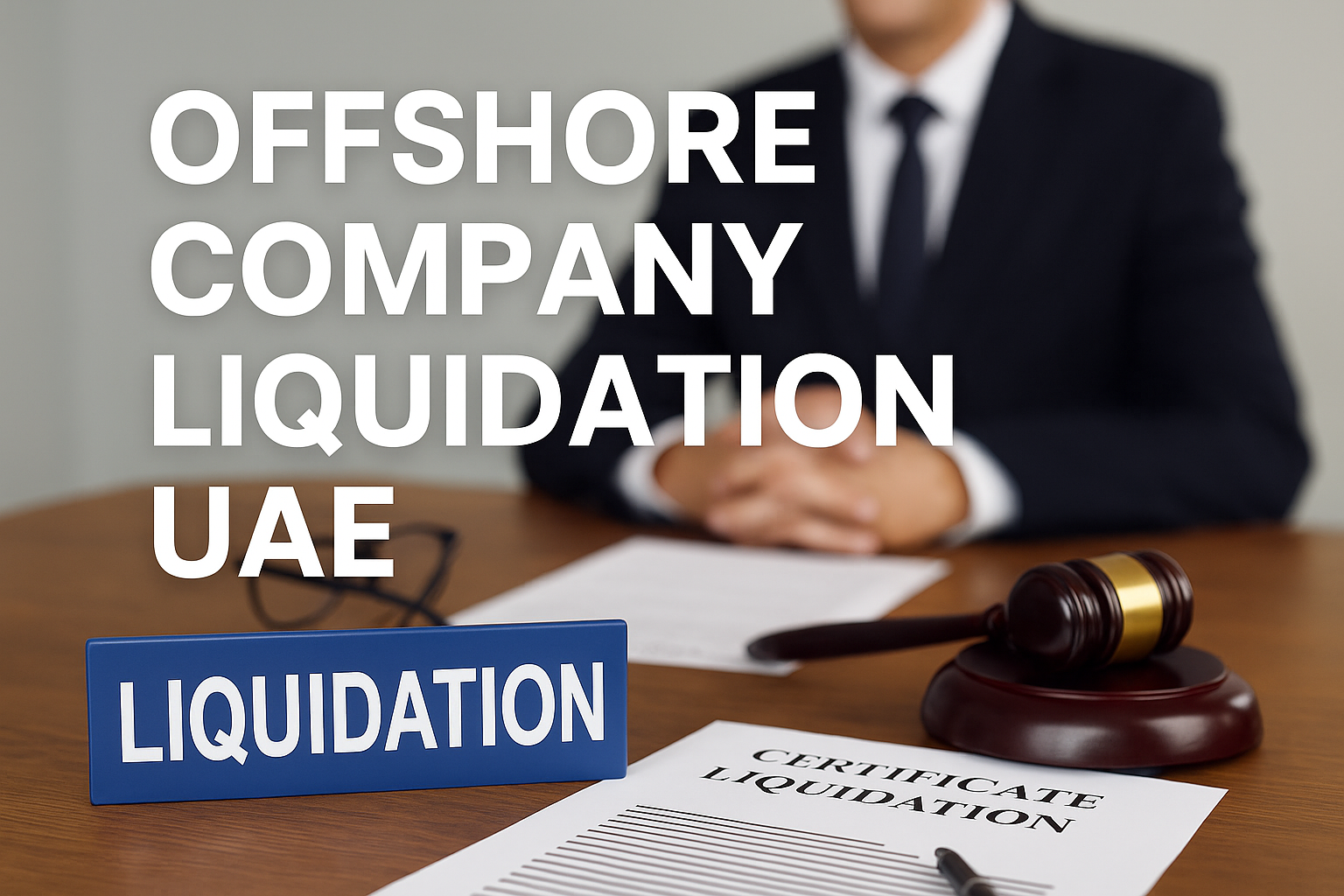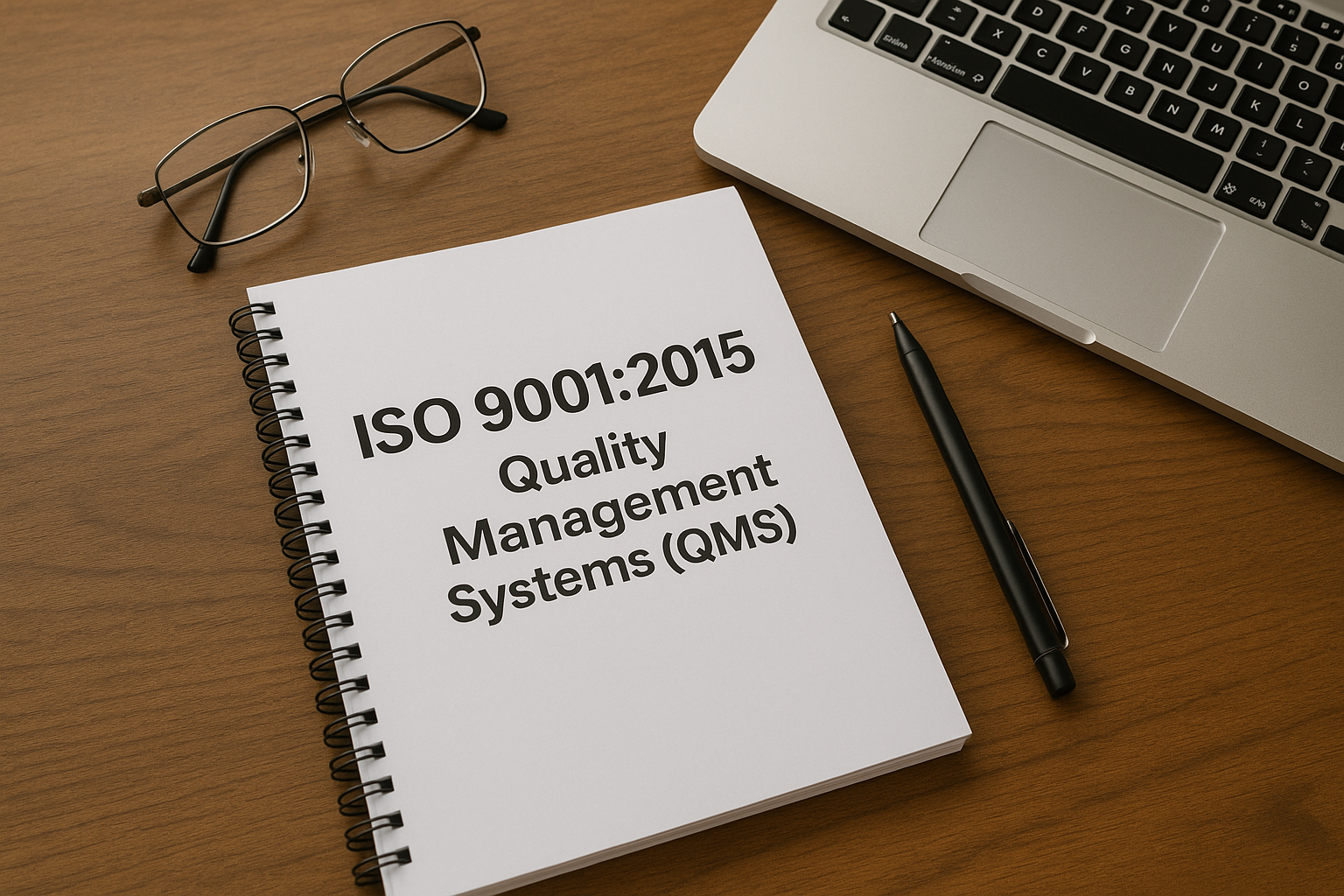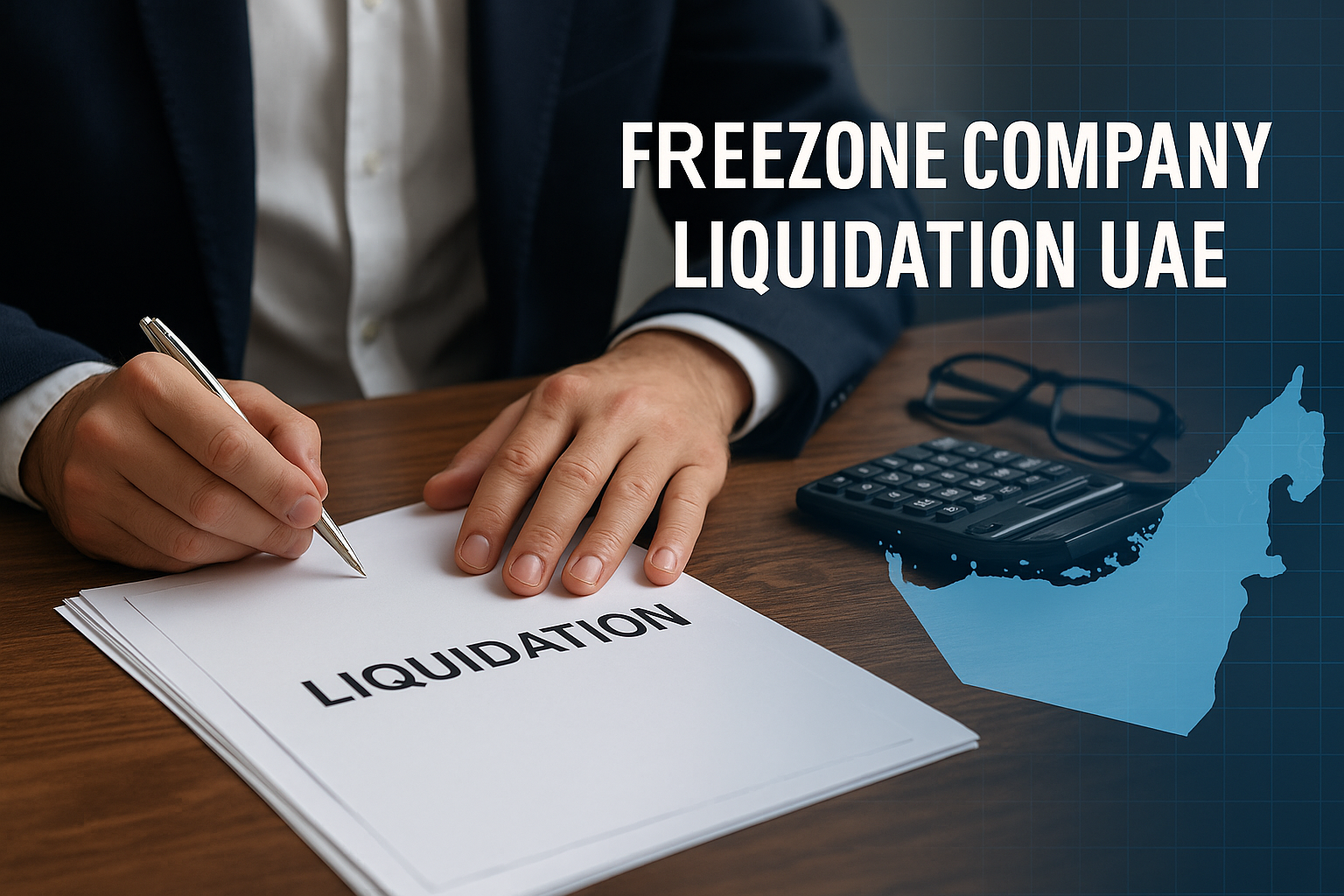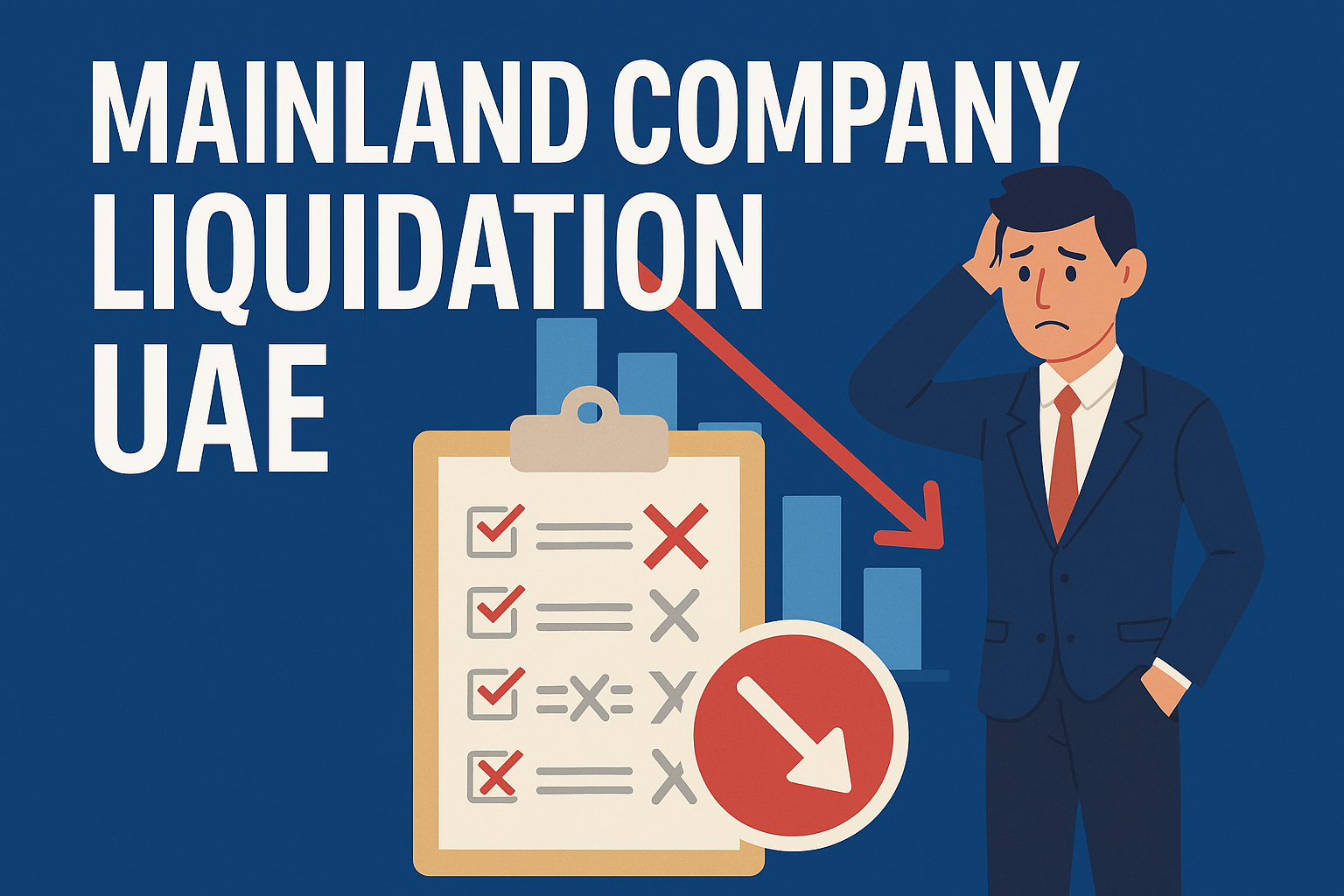Introduction
Closing an offshore company in the UAE is a serious decision that requires proper planning and legal compliance. Many business owners think that liquidation is complicated or time-consuming, but when handled correctly, it is a simple and structured process that protects your financial reputation and avoids future liabilities.
An offshore company is often created to hold assets, conduct international trade, or benefit from tax-friendly policies. However, when that company has served its purpose, liquidation ensures it is closed legally and permanently. This prevents ongoing government fees, penalties, and compliance risks.
In this detailed guide, you will learn everything about offshore company liquidation in the UAE, including the step-by-step process, required documents, costs, timelines, and how working with Nines Consultancy can make the entire experience smooth and stress-free.
Understanding Offshore Company Liquidation in the UAE
Offshore company liquidation means formally closing your offshore business and removing it from the official company register. This process applies to offshore jurisdictions such as RAK International Corporate Centre (RAKICC), JAFZA Offshore, and Ajman Offshore.
When an offshore company is liquidated, all its activities stop. A licensed liquidator is appointed to handle the closure, settle outstanding debts, close bank accounts, and submit a final liquidation report to the authority. Once this report is approved, the registrar issues a Certificate of Liquidation confirming that the company no longer legally exists.
Completing this process ensures that you are fully released from any financial or legal obligations. It also protects your reputation and avoids penalties for non-renewal or non-compliance.
Why Offshore Companies Choose to Liquidate
Companies decide to liquidate for several reasons. Some of the most common include:
- The project or purpose for which the company was created has ended
- The business is relocating to another jurisdiction
- The company has remained inactive and the owner wants to avoid renewal costs
- Financial difficulties or insolvency have made it impossible to continue operations
- Ownership or regulatory changes require closure
Whatever the reason, liquidation helps close the business responsibly and ensures full legal compliance.
Types of Offshore Company Liquidation in UAE
The UAE recognizes two main types of liquidation depending on the financial condition of the company.
Members Voluntary Liquidation (MVL)
This applies to companies that are solvent, meaning they can pay all their debts. In this case, the shareholders decide voluntarily to close the company because it is no longer required. The directors must issue a declaration of solvency and appoint a licensed liquidator to finalize the closure.
MVL is generally faster, simpler, and more affordable than other forms of liquidation. It is ideal for companies that have fulfilled their objectives or completed their projects.
Creditors Voluntary Liquidation (CVL)
This applies to companies that are insolvent and unable to meet their financial obligations. The shareholders begin the process, but the creditors are directly involved to ensure their claims are handled properly.
A registered liquidator is appointed to manage all financial settlements, prepare reports, and distribute assets fairly among creditors.
Step-by-Step Process for Offshore Company Liquidation in UAE
Liquidating an offshore company in the UAE is straightforward if you follow each step correctly. Below is a detailed outline of the process.
Step 1: Board Resolution
The shareholders or directors must pass a board resolution confirming their decision to liquidate the company. This resolution must be notarized and submitted to the offshore authority such as RAKICC, JAFZA or Ajman Offshore.
Step 2: Appointment of a Liquidator
A licensed liquidator must be appointed to handle the entire process. The liquidator prepares reports, manages asset settlements, and ensures compliance with all legal requirements.
Step 3: Public Notice
A liquidation notice is published in a local newspaper, usually in both English and Arabic, to inform the public and creditors. The notice period typically ranges from 15 to 45 days. This allows any creditors to come forward and submit their claims.
Step 4: Settlement of Liabilities
All outstanding dues such as government fees, supplier payments, employee salaries, and other liabilities must be cleared before proceeding further.
Step 5: Clearance Certificates
The company must obtain No Objection Certificates (NOCs) from all relevant departments including:
• The offshore or free zone authority
• The bank confirming closure of corporate accounts
• Utility and telecom service providers if applicable
• Visa and immigration departments
Step 6: Liquidator’s Final Report
After all clearances are obtained, the liquidator prepares a final report confirming that the company has no pending obligations. This report is submitted to the offshore registrar for review.
Step 7: De-registration and Certificate of Liquidation
Once the authority verifies that all requirements are met, a Certificate of Liquidation is issued. This officially confirms that the company has been closed and removed from the register.
Documents Required for Offshore Company Liquidation
To ensure a smooth process, all documentation must be accurate and up to date. The key documents include:
- Board resolution to liquidate the company
- Certificate of incorporation
- Memorandum and Articles of Association (MOA and AOA)
- Passport copies of all shareholders and directors
- Power of attorney if applicable
- Bank account closure letter
- Clearance certificates from authorities
- Final audit report or financial statements
- Appointment letter of the liquidator and their final report
Missing or outdated documents are one of the most common causes of delays, so accuracy is essential.
Timeline for Offshore Company Liquidation
The duration of the liquidation process depends on the offshore authority, company structure, and how quickly the required documents are prepared.
- RAKICC Offshore: 15 to 30 working days
- JAFZA Offshore: 30 to 45 working days
- Ajman Offshore: 20 to 35 working days
If all requirements are met and there are no pending obligations, the process can usually be completed within three to six weeks.
Cost of Offshore Company Liquidation in UAE
The cost of liquidation varies based on the jurisdiction and size of the company. Below is an estimated range.
RAKICC Offshore: AED 3,000 to 5,000
JAFZA Offshore: AED 6,000 to 8,000
Ajman Offshore: AED 4,000 to 6,000
Additional charges may apply for:
• Notarization and attestation of documents
• Newspaper publication fees
• Authority and clearance fees
At Nines Consultancy, all costs are clearly discussed in advance with no hidden charges. Our goal is to help you close your company legally and cost-effectively.
Common Challenges During Liquidation
Although the process is well-defined, companies sometimes face obstacles such as:
- Incomplete or expired documents
- Unpaid government or utility fees
- Active bank accounts that have not been closed
- Pending employee visa cancellations
- Delay in obtaining NOCs or audit reports
Working with an experienced consultancy ensures that these issues are managed quickly and efficiently.
Conclusion
Liquidating an offshore company in the UAE is more than just a legal requirement. It is about protecting your financial reputation and ensuring that your business exit is clean and compliant. Whether your company is registered under RAKICC, JAFZA, or Ajman Offshore, proper liquidation prevents future complications and saves you from unnecessary costs.
At Nines Consultancy, we simplify the process by managing every step on your behalf. From document preparation to final certification, our team ensures your company is liquidated efficiently and within the law.
If you are planning to close your offshore company, contact Nines Consultancy today for professional guidance and a free consultation.










